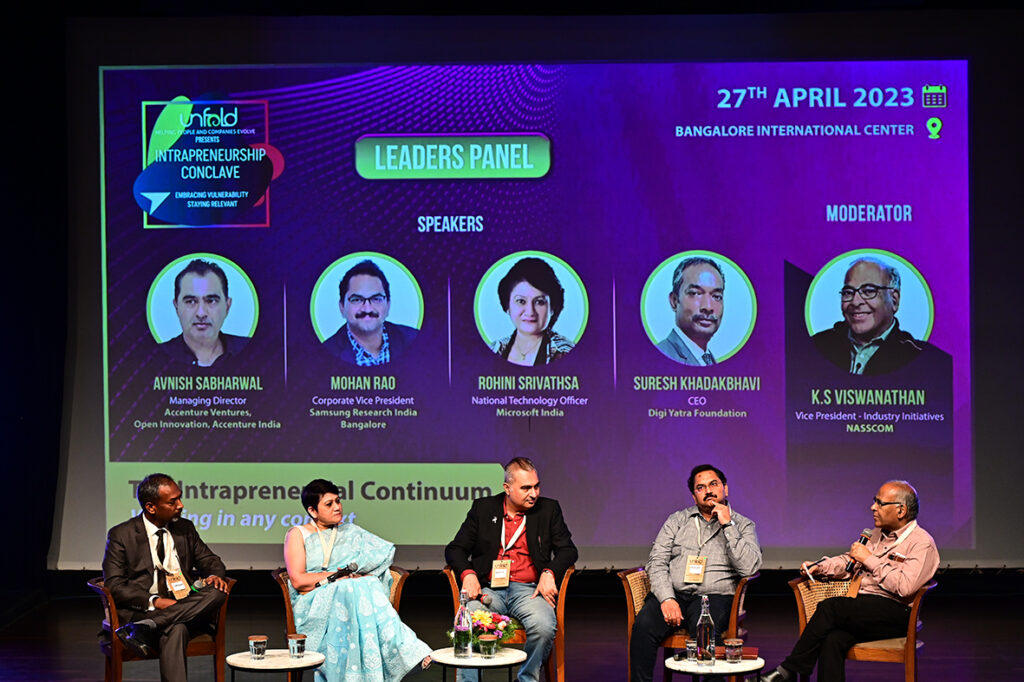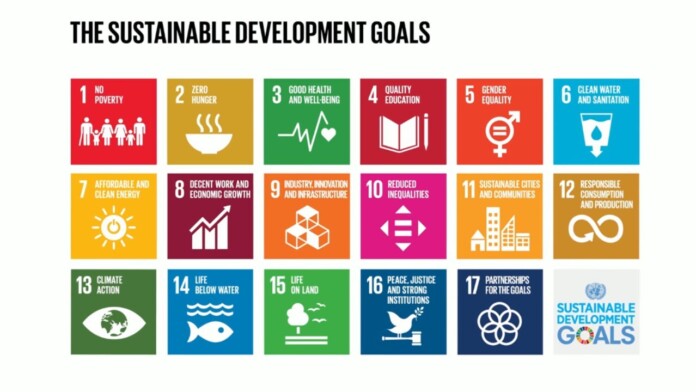An inclusive and creative organizational culture is vital if organizations are to achieve their sustainability goals
It is a dynamic, complex, and competitive business environment organizations are in an eternal quest for answers on what levers matter most to stay ahead of the curve. I would say Culture Is the single most overarching factor that differentiates winners from losers.
Culture is an experience that runs through the veins of every employee in an organization. It manifests itself in various forms in a tacit way, but it is powerful enough to define the varying levels of engagement or disengagement. Culture defines employees’ sense of belonging to an organization’s shared vision, the levels of productivity, and the potential that exists within organizations to find innovative answers to business challenges.
What has sustainability got to do with culture? Workforce culture and sustainability are closely intertwined. United Nations 2030 Agenda for Sustainable Development became an official global resolve that covers three pillars of sustainability – Economic growth, Environmental Protection and Social Justice. This macro call to action is rubbing off across organizations and the workforce alike.
On the one hand, organizations are challenged to find, hire, train and retain a green workforce that aligns with their sustainability initiatives. The workforce, on the other hand, is dominated by millennials and Gen Z who have either grown or been born into the environmental and social challenges facing the planet today. Money and job security are no longer the only driving force for talent retention. The new generation is looking for a deeper connection through their jobs with an opportunity to associate with organizations that have a larger purpose beyond just economic value. That makes it compelling for organizations to look at their workforce practices with a social lens to drive robust employee engagement, productivity, and innovation.
If one were to do a dipstick measurement to assess if an organization has a work environment conducive to productivity and innovation, here are some critical questions to ponder:
- Does the team feel inclusive regardless of their age, geographic boundaries, gender, sexual identities, and special abilities?
- Do they feel aligned to a purpose beyond profits?
- Do they have the freedom to experiment with creative ideas beyond the ambit of the job at hand?
- Are innovative initiatives recognized for their efforts even if they were to fail?
- Are the workplace designs bereft of siloed cubicles to facilitate the free flow of conversations without fear of rejection and negative repercussions?

What Leaders Say
Unfold Consulting has been organizing one-of-its-kind conclaves to promote a culture of Intrapreneurship in organizations. Here are a few insights from a few leaders who attended this year’s edition recently in Bengaluru.
Supriya Salian, Managing Director, Plansee India and CII Co-Convener (Environment/Sustainability Panel) shared about how creative ideas can be unleashed by the sheer power of an inclusive multi-generational workforce. As the next-generation leader her leadership approach is anchored towards understanding the dynamics of diverse demographics in the workplace and being sensitive to the unique needs of each demographic.
Apoorva Bapna, Chief Culture Officer WPP was of the view that a culture that creates opportunities for young teams to keep growing is integral to breaking functional siloes, ensuring collaboration and keeping creativity flag flying high.
Dr. T. K Anuradha, Retd Director, SATCOM program, ISRO who has worked on the launches of the satellites GSAT-12 and GSAT-10 was the senior most female scientist at ISRO. She spoke of how childlike curiosity and an explorative mindset get ignited only when organizations support and empower such a spirit.
Avnish Sabharwal, Managing Director, Accenture Ventures touched upon three skills needed if innovative Ideas are to be taken to scale in large organizations – Forget, Borrow and Learn. Forget hierarchy, bureaucracy and failures; Borrow, because paradoxically, there will be many aspects that business verticals will need from the parent company. Finally, a continuous culture of learning is imperative.
Rohini Srivathsa, National Technology Officer – Microsoft India said effective leadership is important to be able to envision the different time horizons, connect the dots and influence what is in it for them to get a buy-in at the right time.
These are just some of the objectives that most organizations would want to accomplish. However, most organizations fail they attempt to bring in people who fit into organizations and persuade a buy-in into existing culture instead of looking inward. This is counterproductive to critical thinking and creativity that drives innovations in organizations.
On the contrary, organizations should welcome and embrace dissimilar styles and points of view that go beyond legacy cultures. I find that the middle management order in organizations that can make/break collaborative cultures is sometimes the barrier to winning cultures and therefore building culture DNAs at that level is crucial for organizations. Organizations can stay relevant only if they navigate, rather than embrace the vulnerabilities that exist both within the organization and outside in macro environments.
Puja Kohli is the founder and CEO of Unfold
www.unfold-consulting.com
www.intrapreneurshipknowledgehub.live











